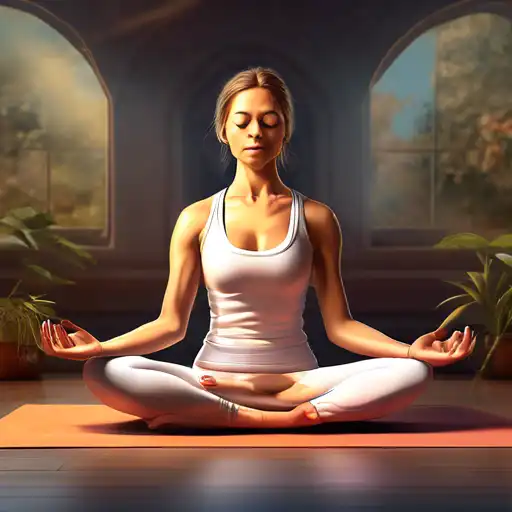Introduction to Yoga and Stress Relief
In today's fast-paced world, stress has become a constant companion for many. However, yoga, an ancient practice with roots in India, offers a powerful solution to combat stress and foster a sense of peace and well-being. This article explores the transformative benefits of yoga for stress relief, providing insights into how this practice can be a cornerstone of a healthier, more balanced life.
The Science Behind Yoga and Stress Reduction
Research has shown that yoga significantly lowers cortisol levels, the body's primary stress hormone. Through a combination of physical postures, breathing exercises, and meditation, yoga activates the parasympathetic nervous system, promoting relaxation and reducing the fight-or-flight response associated with stress.
Physical Benefits of Yoga for Stress
Yoga's physical postures, or asanas, help release tension stored in the body. Poses such as Child's Pose and Forward Bend encourage relaxation and can alleviate symptoms of stress, including muscle tightness and headaches. Regular practice improves flexibility, strength, and circulation, contributing to overall physical health and stress resilience.
Mental and Emotional Benefits
Beyond the physical, yoga nurtures mental and emotional well-being. Mindfulness and meditation components of yoga foster present-moment awareness, reducing tendencies toward worry and anxiety. This mental clarity and emotional balance are key to managing stress effectively.
Practical Tips for Incorporating Yoga into Your Routine
Starting a yoga practice for stress relief doesn't require extensive time or equipment. Here are some tips to begin:
- Begin with short sessions, even 10-15 minutes can be beneficial.
- Focus on breathing exercises and simple poses to build comfort.
- Use online resources or apps for guided sessions at home.
- Consider joining a local class to connect with others and stay motivated.
Deepening Your Practice for Greater Benefits
As you become more comfortable with yoga, exploring different styles can enhance stress relief. Restorative yoga and Yin yoga are particularly effective for relaxation, while Vinyasa or Hatha yoga offers a more active practice. Incorporating meditation and pranayama (breath control) can further amplify the stress-reducing effects of yoga.
Conclusion: A Path to Peace
Yoga offers a holistic approach to stress relief, addressing the physical, mental, and emotional aspects of well-being. By making yoga a regular part of your life, you can unlock a more serene and balanced state of being, transforming stress into peace. For more insights into wellness practices, explore our wellness tips section.
